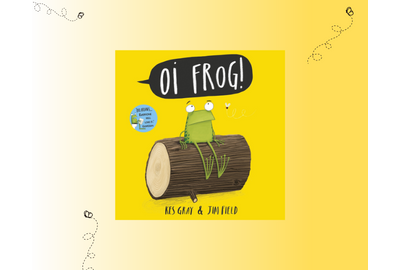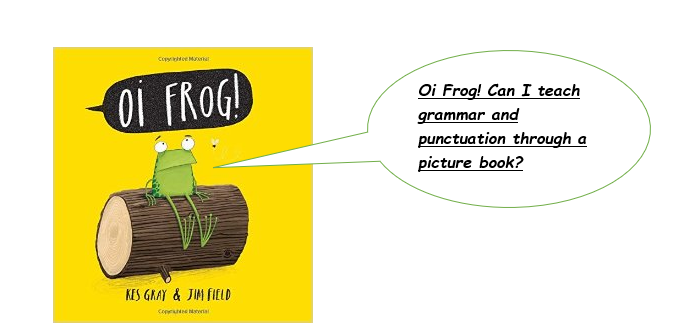

Oi Frog, by Kes Gray and Jim Field, is a hilarious rhyming tale about a frog who discovers that all animals have their special places to sit. All year groups will love this award-winning book and the following strands from the grammar and punctuation appendix can be taught at the same time!
Year 1
Year 1 pupils are expected to begin to know what a question mark is and how it is formed (question mark is key terminology for year 1 pupils). Oi Frog is full of questions. Teachers could start by reading the book to pupils and commenting on how many questions frog asked – rereading some of them:
· What about a chair?
· What do lions sit on?
· Perhaps I could sit on a stool?
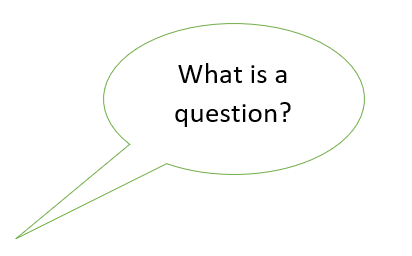

Teachers could ask pupils to repeat the questions using loud, quiet, scary, giggly etc… voices. Once pupils can remember some of frog’s questions, teachers could demonstrate the correct formation of a question mark. Pupils could practise on each other’s backs, on the carpet in front of where they are sitting, in paint etc… Pupils may be interested to write some questions themselves about the book, questions to frog or indeed questions about anything!
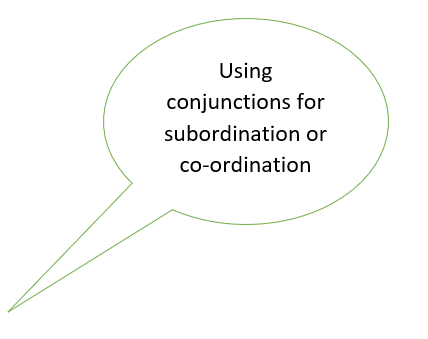

Year 2
Year 2 pupils are expected to use conjunctions for subordination (when, if, that, because) and co-ordination (or, and, but) in their own sentences. The content of this book is brilliant to use as a tool to teach this. Teachers could present a range of sentences for pupils to complete the missing conjunction for example:
| but | because |
· Frog wanted to sit on a sofa ______ gophers sit on sofas!
· Frog got squashed _________ the dog sat on him!
Teachers may also ask pupils to demonstrate their knowledge of the book by writing some sentences of their own using different conjunctions. Year 2 pupils can be encouraged to rehearse their sentences aloud with a partner, write them and then review their sentence together (proof reading for grammar and punctuation).
Year 3
Year 3 pupils are expected to have an introduction to how inverted commas are used. This book is an ideal tool to use as the whole book is a conversation between two characters, cat and frog! Teachers could also use the illustrations in the books as a stimulus for writing activities – character descriptions, how to help frog guides and reports! As there are so many well modelled examples of direct speech, teachers could demonstrate how to correctly form inverted commas and present pupils with some sentences that need inverted commas and some that do not. Pupils could work in pairs to add the punctuation where necessary, for example:
· Where do mules sit? asked frog.
· Frog did not want to sit on the log.
· Parrots sit on carrots! said cat.
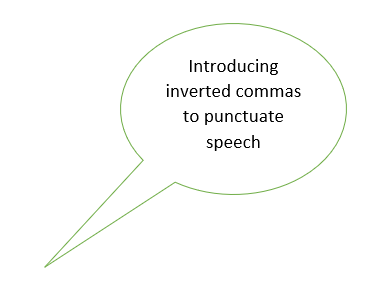

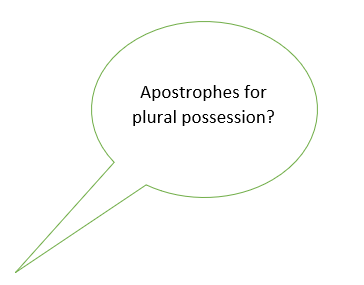

Year 4
Year 4 pupils are expected to use the apostrophe to mark plural possession. This seems like the perfect book to use as there are many different animals listed and pupils can write phrases, for example:
| Animals | What they sit on |
| cats | mats |
| mules | stools |
| gophers | sofas |
| doves | gloves |
| newts | flutes |
| lizards | wizards |
| apes | grapes |
The cat’s mat or The cat’s mats or The cats’ mat or The cats’ mats
Year 5
Year 5 pupils are expected to understand and use modal verbs correctly. These can include might, could, should, will, must. After reading this book to the pupils, teachers could recap what pupils know about modal verbs. Pupils could write sentences related to the content, for example
· Frog might be tempted to steal a satsuma from a puma!
· Frog could risk his life and take the flutes off the newts.
· Frog should’ve do what he had been told and sat on the log!
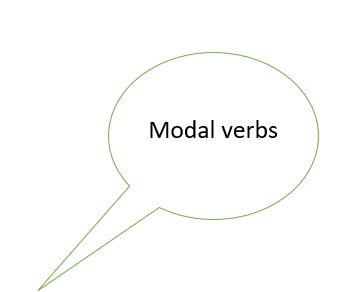

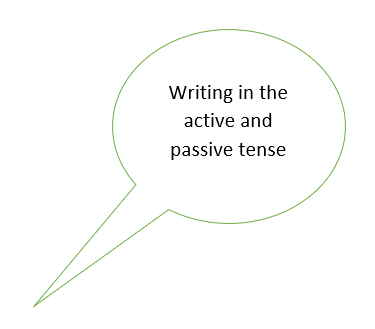

Year 6
Year 6 pupils are expected to use the passive tense in their own writing and may be asked to identify the active and passive tense in their test. Using this hilarious picture book will provide an engaging context for pupils to write in. Teachers can demonstrate the active and passive tense by changing the verb ‘sit’ and creating some sentences using the animals from this book, for example,
· The pumas were eating the satsumas/ The satsumas were eaten by the pumas
· The gibbons tied the ribbons/ The ribbons were tied by the gibbons!
Thank you Maddy Barnes for another wonderfully insightful blog post, all about how to use one of our favourite picture books to help with teaching the strands of the grammar and punctuation appendix!

